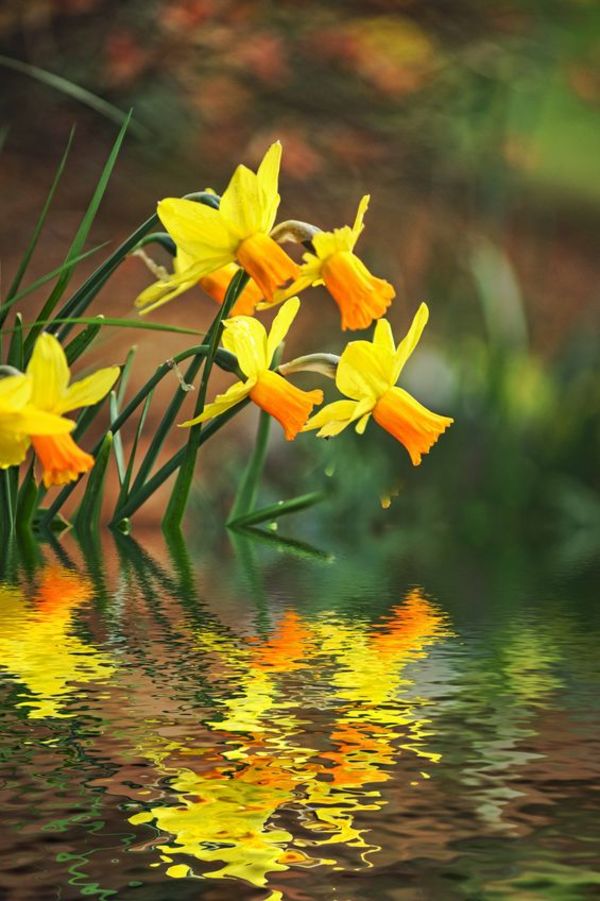Daffodils are a springtime favorite in the garden. The sight of their bright petals delivers an instant dose of happiness. Warm weather is on its way. Before long, the whole garden bed will be a smorgasbord of colors and fragrances. For now, we welcome the arrival of one of the first plants to light up the garden, a yearly reminder that we’ve made it through the winter.
While you may be very familiar with daffodils, just how much do you actually know about this ubiquitous seasonal flower? There’s more to these plants than meets the eye. Follow the Humble Gardener as we uncover a few fascinating facts about daffodils, exploring the mystery of these beautiful flowers.

- In Ancient Rome, daffodils were prized for their sap, which was thought to contain healing properties. Though they were treasured by the Romans, daffodils faded into the shadows for centuries before re-emerging during the 1600s, when the English gave them a place in the garden.
- If you present someone with a single daffodil, legend has it bad luck may be on the horizon. Instead, deliver a whole bunch of them: a gift of several daffodils is believed to ensure happiness to the recipient. But that’s no surprise to us! It seems impossible notto feel just a little bit of joy at the sight of them.
- Daffodils go by many names: their botanically labelled narcissus and occasionally referred to as jonquils. In England they’re known as “Lent Lilies.”
- Try forcing a daffodil bulb to bloom for the Chinese New Year. Tradition has it this brings good luck to the household.
- If you want to mix daffodils in a vase with other flowers, first soak them in water for 24 hours. This eliminates the sap they contain, which is often poisonous to other plants. Don’t cut the stems afterwards, as this triggers another release of the toxic sap.
- Daffodil bulbs contain a compound called narciclasine. Scientists have discovered this substance may actually be effective in treating brain cancer!
SKM: below-content placeholderWhizzco for CRH

